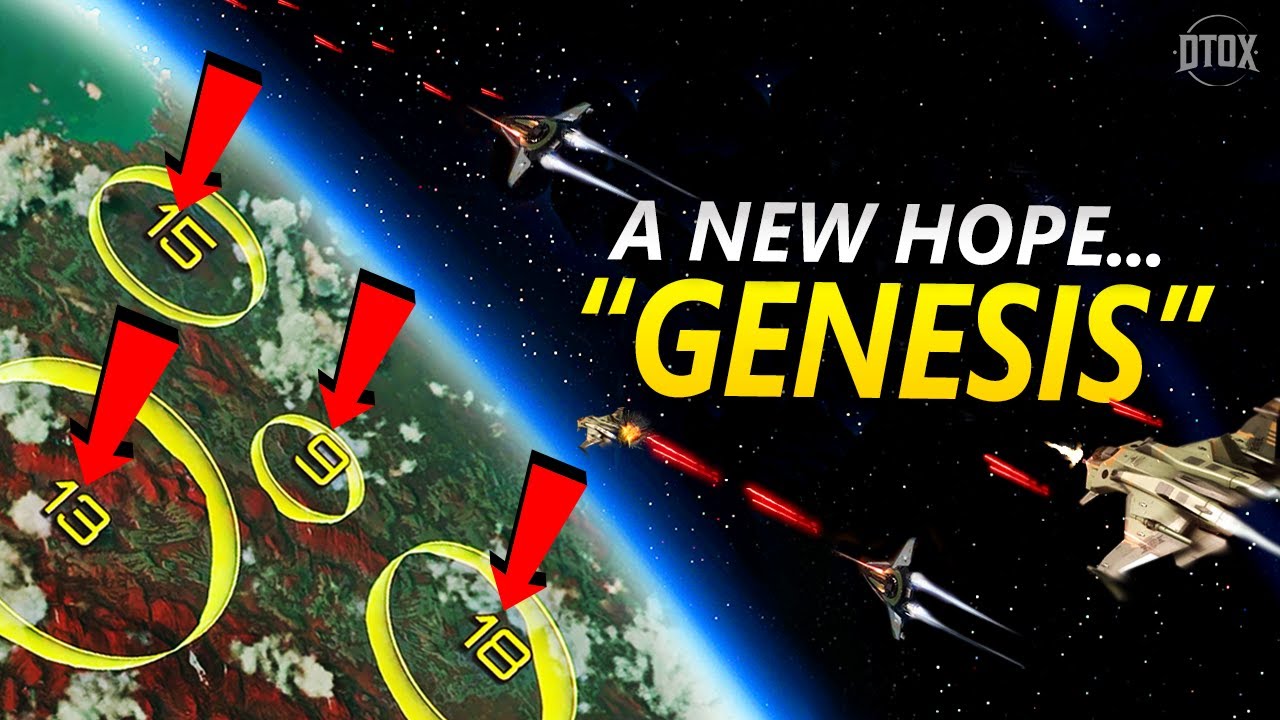The video outlines Star Citizen’s development journey and the introduction of new tools, collectively named “Genesis,” aimed at creating dynamic ecosystems and interactive environments, enhancing gameplay through seasonal changes and meaningful locations. It also highlights the potential for AI-driven interactions and a real weather system, which could significantly enrich player experiences and exploration in the game’s expanding universe.
The video discusses the long development journey of Star Citizen, which has spanned 12 years with only one star system, Stanton, currently available for players. With the upcoming 4.0 update set to introduce the second star system, Pyro, the challenge remains: how to populate a vast universe when the current system feels empty. The developers at Cloud Imperium Games (CIG) are targeting five full star systems for the eventual 1.0 release, but the question of how to fill these systems remains crucial, especially given the sparse content in Stanton.
To address this content drought, CIG introduced a suite of tools collectively named “Genesis” during CitizenCon. Unlike previous tools, Genesis aims to create entire ecosystems and interactive environments that promote organic gameplay. One of the most significant features of Genesis is the introduction of seasons, which will allow planets to evolve throughout the year, affecting gameplay by influencing resources and crafting opportunities. This dynamic seasonal change could lead to fluctuations in the in-game economy, creating hotspots of player activity based on the availability of resources at different times.
The video highlights another tool called “Starchitect,” which is designed to populate planets with meaningful locations and points of interest. Rather than randomly scattered structures, Starchitect will create logically placed clusters of buildings and resources, enabling a more immersive experience. This procedural generation will ensure that players encounter diverse environments and missions, enhancing exploration and engagement. The integration of these tools is expected to provide players with a variety of new opportunities and content to interact with across the game’s expansive universe.
Moreover, the video discusses the potential for AI-driven interactions at these new locations, emphasizing the need for emergent gameplay. By using data-driven inputs, the behavior of NPCs and the challenges players face will vary based on multiple factors, such as the time of day and environmental conditions. This could lead to more engaging and unpredictable gameplay, moving away from repetitive mission structures. The hope is that these developments will create a richer and more rewarding experience for players, encouraging exploration and strategic planning.
Lastly, the video touches on the introduction of a real weather system, which will generate dynamic weather patterns and storms that affect planetary traversal. This feature aims to add layers of unpredictability to gameplay, requiring players to adapt their strategies based on weather conditions. While the potential for enhanced gameplay is exciting, there are concerns about how these storms will impact player experience, particularly regarding time management in the game. Overall, the Genesis tools could finally bring the living, breathing universe that Star Citizen has promised for over a decade closer to reality.
